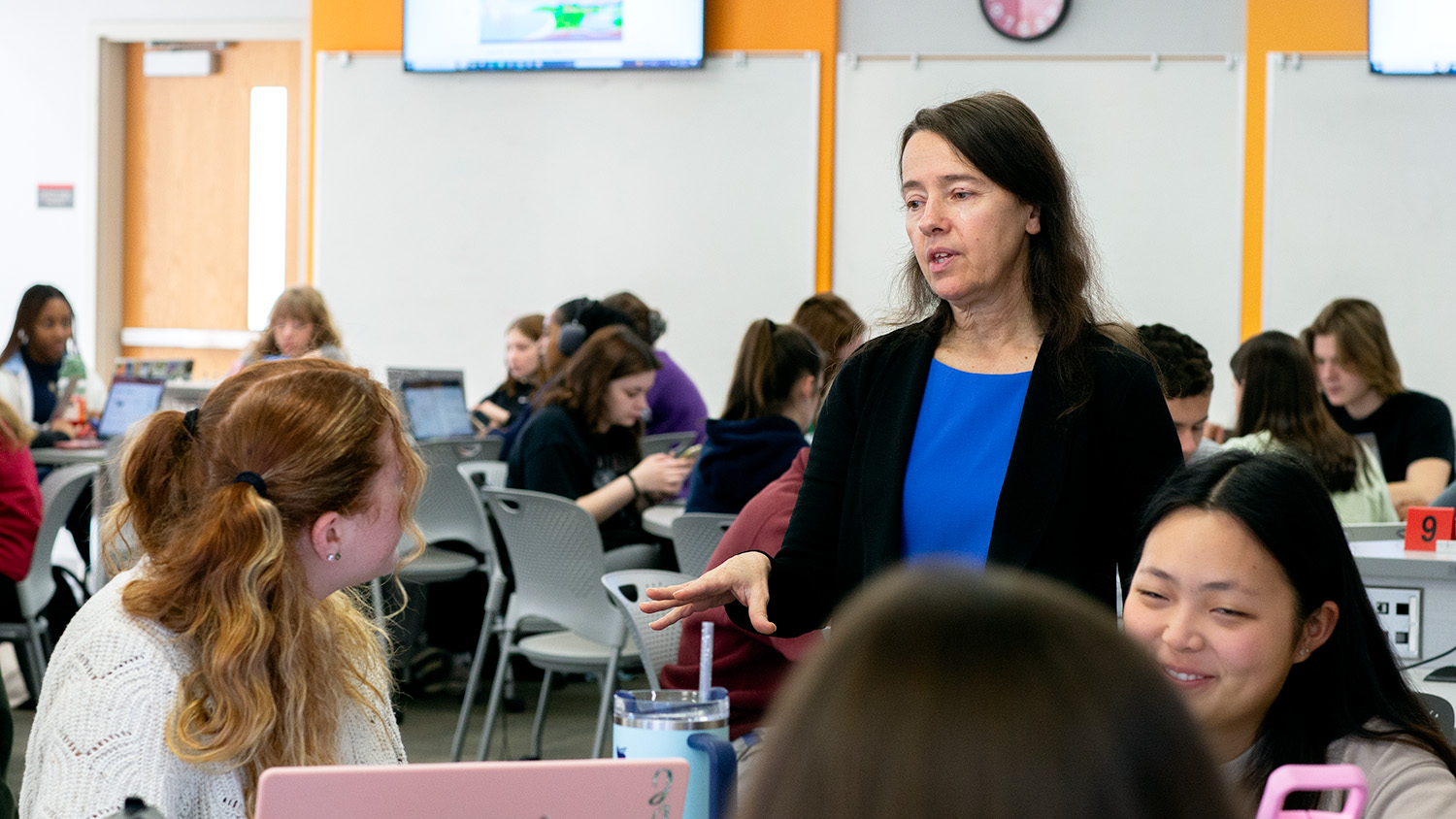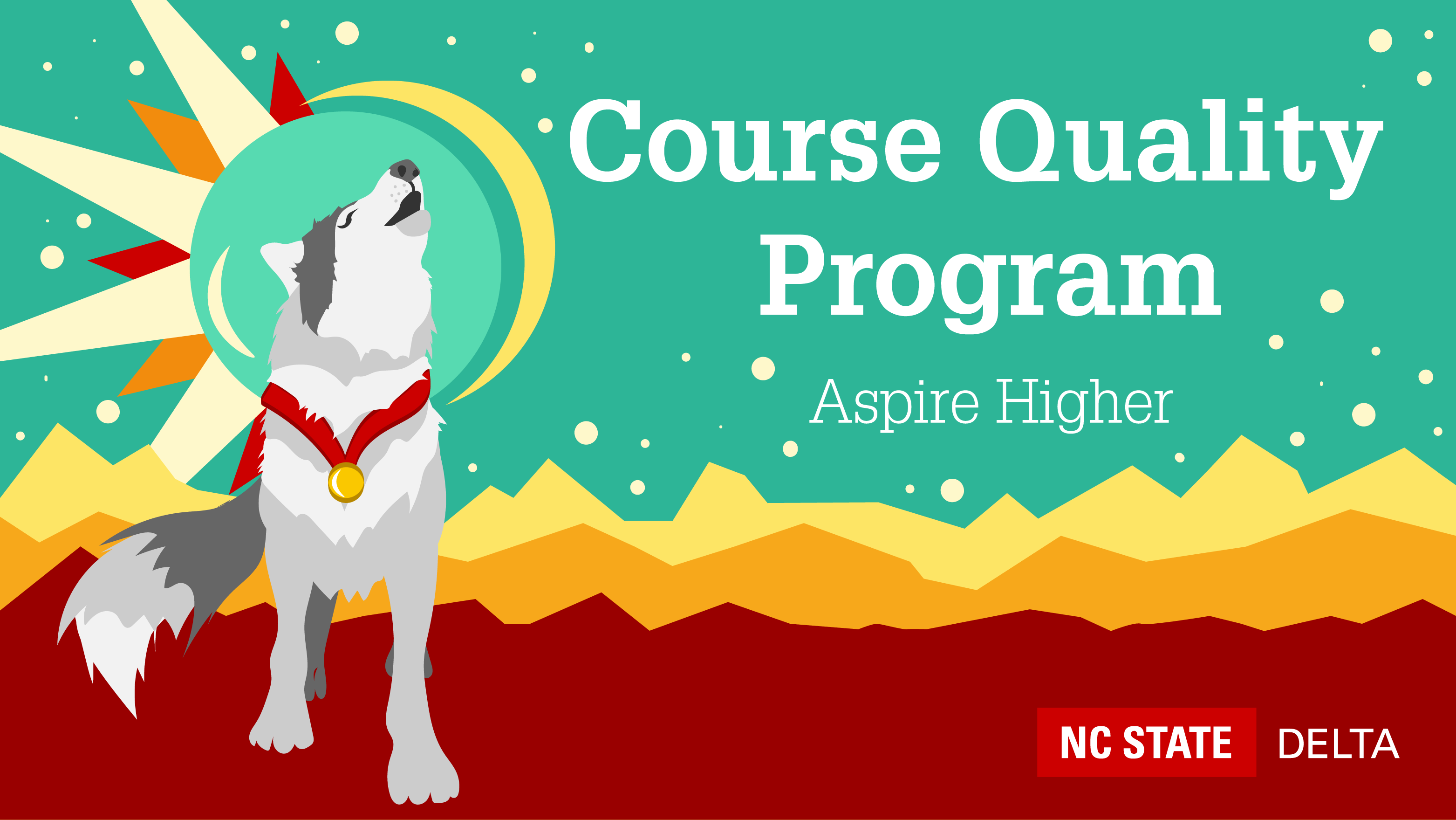Learning is Fun: Effective Technology-based Assignments that Students Actually Enjoy
As professors plan their courses and assignments, they might begin by wondering about effective technology-based assignments that students enjoy. There are many engaging assignments happening in classes all around campus. This article will explain the general idea behind the assignments, while allowing faculty room to envision how these could fit into their own class.
-
Have students research a topic, write a brief report or Discussion Board post, and share what they learned in a creative way. They could do this by creating a video (using iMovie or MovieMaker), presentation (Voicethread, PowerPoint), blog, podcast, or infographic.
-
For difficult concepts, have students create concept maps (Lucidchart) individually, and then create one as a group to share with the whole class.
-
Select a few concepts that could be taught by students. For one unit of the class, have students divide into groups and teach each new concept. They may teach using any method they choose, but the key is to engage their peers. This could also be done as a review unit at the end of the semester.
-
When lecturing, consider allowing students to use their phones, laptops, or tablets as clickers. With sites as easy to use as polleverywhere, this idea creates a game-like atmosphere in the classroom and can be used to support each component of Bloom’s Taxonomy. For a great presentation about best practices with clickers, view this recorded DELTA workshop.
-
Utilize current events by posting a relevant news article as a Discussion Board topic and having students weigh in with their opinion or response based on your prompt.
-
Have students peer review essays or projects using Google Apps. This way, they may share the document with you for accountability purposes, and you will be able to see (based on the different text colors) exactly how many and what type of comments were made. This DELTA presentation is helpful for elaborating on the purposes of Google Apps.
-
Make your class more visual by having students pin images to a Pinterest board. They could use this site to document photos for inspiration, share examples of key concepts (particularly for architecture, design, and art classes), show student work, and suggest reading materials (Worldwidelearn, 2012).
-
Tips for making any assignment enjoyable:
-
Give students an assignment sheet or rubric so they know the exact requirements for the assignment.
-
Show students a sample or two to guide them in the right direction.
-
Have assignment checks at different points throughout the “life” of the assignment (make the assignment topic due one week, then the outline due the next, the proposal due the next, etc.).
-
Model how to use new technologies before sending students out on their own to complete the assignment. Don’t be afraid to try something new with students, and don’t expect all students to love every assignment. The key is to enhance your course in a few engaging ways, while revising and refining the assignments each semester.
-
References
Worldwidelearn. (2012). Professors, Peers, and Pinterest. Worldwidelearn.com. Retrieved from http://www.worldwidelearn.com/education-articles/professors-peers-pinterest.html
Further Resources
Meilleur, Philip. IDIG Greet & Grow: Sharing Web 2.0 Technologies. deltawire. Retrieved from https://delta.ncsu.edu/deltawire/sharing-web-2-0-technologies-at-idigs-greet-and-grow/
Oliver, K. (2014). ECI 518 Tool Tutorials / Screencasts. [Playlist]. Retrieved from https://www.youtube.com/playlist?list=PLEbgXzCwfYcfKUtfbVxmIec9fwQvguURC


